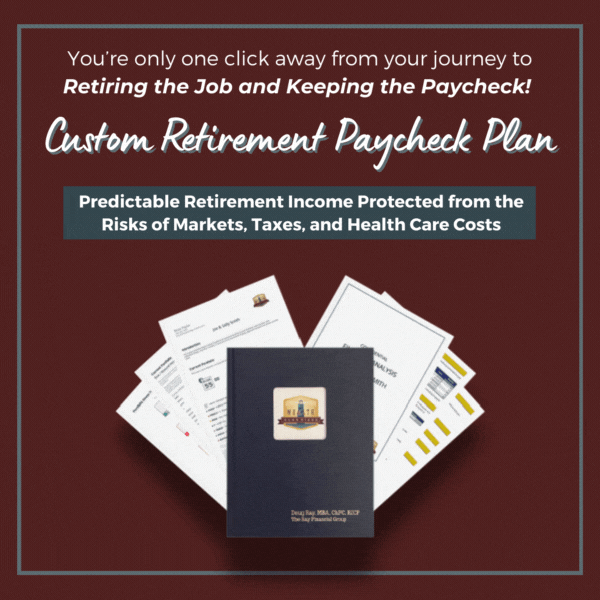 Nowadays, individuals change jobs many times throughout their working lives. If you are starting a new phase of your career, you’re probably carefully considering how to handle your finances while making the transition. One important aspect is your retirement plan funds. If you have accumulated savings in a 401(k), 403(b), or similar employer-sponsored retirement account, you need to decide how to manage those funds upon leaving your current position.
Nowadays, individuals change jobs many times throughout their working lives. If you are starting a new phase of your career, you’re probably carefully considering how to handle your finances while making the transition. One important aspect is your retirement plan funds. If you have accumulated savings in a 401(k), 403(b), or similar employer-sponsored retirement account, you need to decide how to manage those funds upon leaving your current position.
Generally, you have the choice of transferring, cashing in, or reinvesting your retirement plan savings and will depend on both your short- and long-term goals. Let’s explore the options.
A simple way to consolidate your savings is to transfer funds from your previous employer’s retirement plan into your new company’s plan. You may also choose to leave your money in your former employer’s plan, but depending on the terms, you could be subject to service fees or limited contribution and distribution options. If, you have an outstanding loan from your previous employer’s plan, or stand to lose certain retiree benefits by exiting completely, you may want to remain invested for a period of time after leaving your job.
Taking a cash distribution is another option, but this may have strong negative consequences. Besides owing potentially significant income tax on pre-tax contributions, you may be subject to a 10% penalty if you are under the age of 59½. In addition, you may forfeit the long-term benefits associated with tax-deferred earnings, potentially making it more difficult for you to accumulate the resources you need in retirement.
To keep your retirement savings on track and avoid an immediate tax bite, consider rolling your 401(k) assets into an Individual Retirement Account (IRA). Generally, there are two ways to roll over funds.
Option 1: With the first method, known as an indirect rollover, your former employer makes the distribution payable to you, less 20%, which is withheld in Federal taxes. You must then reinvest the distribution into an IRA or other qualified plan within 60 days. In order to achieve a tax-free rollover with this method, you must reinvest the full distribution amount, which includes the 80% you receive in cash, as well as 20% from your own funds to account for the amount withheld. Your withheld funds will be refunded after you file your tax return, provided your rollover occurred within the 60-day time limit. Failure to reinvest the 20% withheld will result in income tax and a 10% Federal income tax penalty if you are under the age of 59½.
Option 2: To avoid the 20% withholding requirement, you may request a direct trustee-to-trustee transfer to an IRA set up in your name or another qualified plan. Be aware that not all qualified plans accept this type of transfer. Because this method is considered a distribution option, spousal consent and other similar participant and beneficiary rules of protection may apply.
There are many factors to consider when deciding how to manage your retirement plan funds during a career transition. Your decisions in the short-term can have an impact on your long-term plans and some decisions are not reversible once done. For specific guidance, give us a call at our Charlotte office at (704) 248-8549, or our Clemmons office at (336) 391-3409. Or, click here to request a no-cost, no-obligation meeting.
Our Custom Retirement Paycheck Plan shows how to protect your retirement from the risks of unexpected market swings, tax changes, and health care expenses using a mathematically tested strategy to create lifetime income allowing you to stop worrying about outliving your money and get on with enjoying the rest of your life.
Let us show you in black and white a custom retirement income plan that is comprehensive, individualized and based on strategies that balance growth with downside protection. Get your Custom Retirement Paycheck Plan now!
Give us a call at our Charlotte office at (704) 248-8549, or our Clemmons office at (336) 391-3409. Or, click here to request a no-cost, no-obligation meeting.
[SOURCES & ADDITIONAL DISCLOSURES]
Copyright © 2015 Liberty Publishing, Inc. All rights reserved Distributed by Financial Media Exchange






